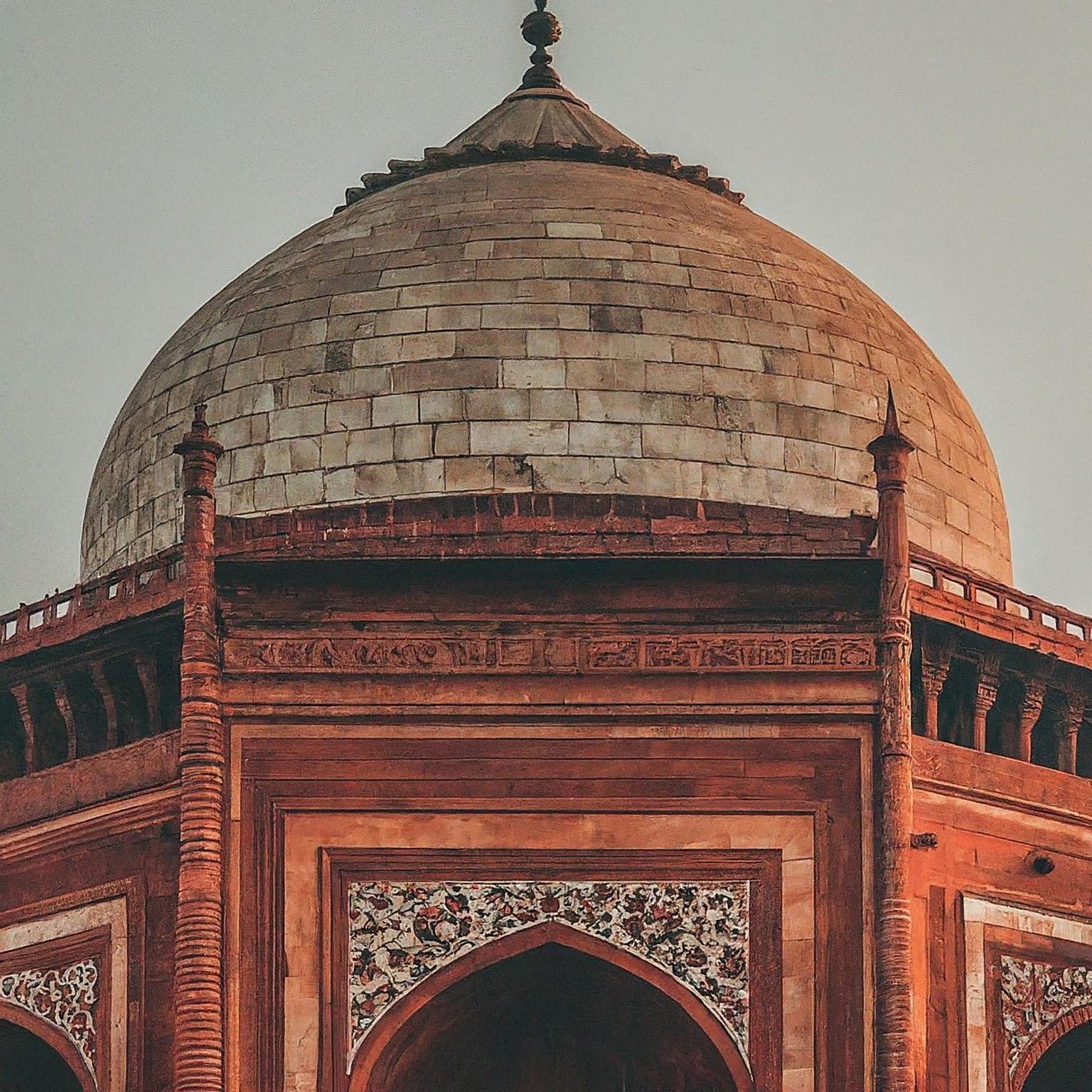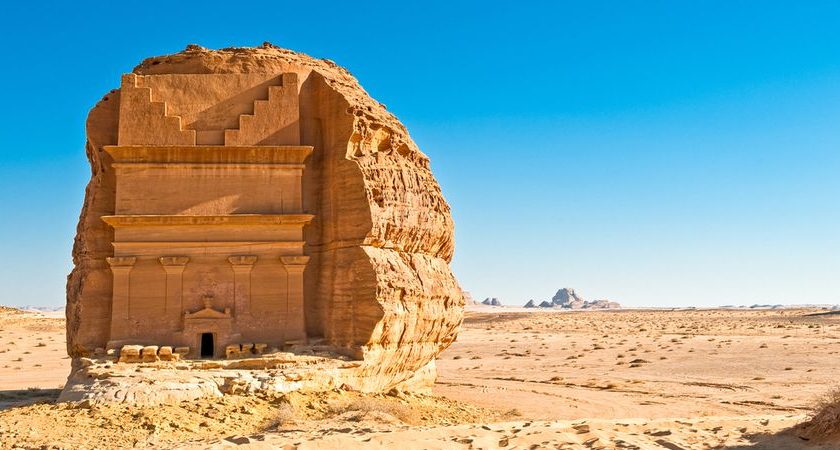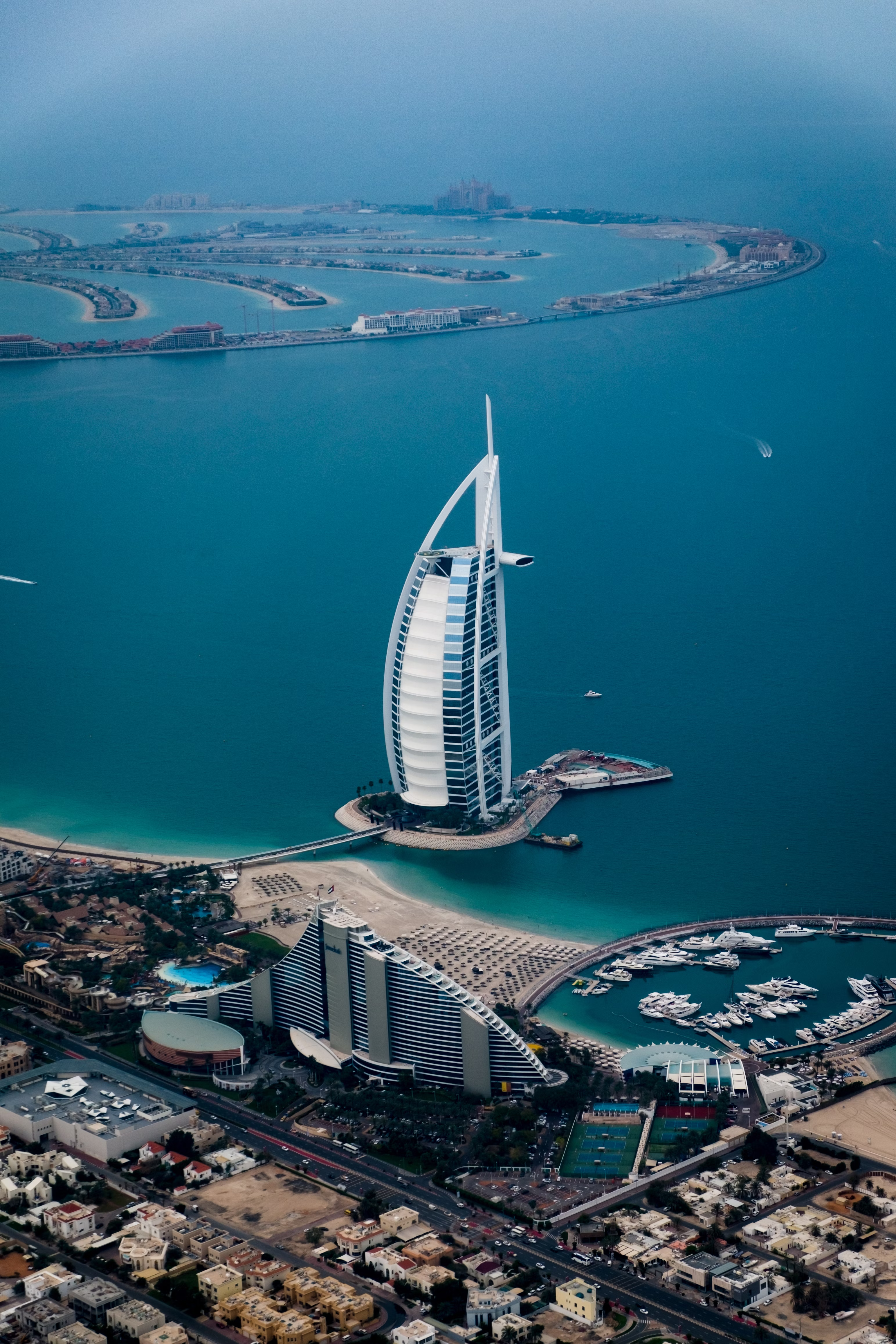I. Introduction
Nestled along the banks of the Yamuna River, Agra is a city that transcends the ordinary with its blend of historic grandeur and vibrant culture. Known worldwide as the home of the iconic Taj Mahal, Agra offers much more than just this epitome of love and architectural brilliance. Over the course of three perfect days, you can immerse yourself in an array of experiences that capture the essence of this enchanting city. From exploring awe-inspiring monuments and engaging with local traditions to embarking on memorable excursions, Agra promises an itinerary filled with wonder and discovery. This guide will take you through an ideal three-day journey, ensuring that you savor every bit of what this mesmerizing city has to offer. Whether you’re a history buff, a culture enthusiast, or an adventurous traveler, Agra’s timeless charm will captivate your heart and soul.
II. Day 1: Exploring the Majestic Monuments
Agra, the city of architectural splendor and historical grandeur, welcomes you to a day filled with awe-inspiring structures and timeless beauty. As the heart of the Mughal Empire, Agra offers an unparalleled journey through some of India’s most iconic monuments. Your adventure begins at the break of dawn and continues throughout the day, each moment unraveling a new layer of the city’s rich heritage.
A. Visit the Taj Mahal at Sunrise
Start your day early with a visit to the Taj Mahal, one of the Seven Wonders of the World. As the first rays of the sun kiss the marble dome, the Taj Mahal glows with an ethereal light that is nothing short of magical. This mausoleum, built by Emperor Shah Jahan in memory of his beloved wife Mumtaz Mahal, stands as a symbol of eternal love. Walking through the perfectly manicured gardens and reflecting pools, you can’t help but be mesmerized by the intricate inlay work and the sheer symmetry of the structure. Take your time to absorb the tranquility and majesty of this masterpiece, capturing photographs that will be cherished for a lifetime.
B. Explore the Agra Fort
After a serene morning at the Taj Mahal, head to the Agra Fort, a UNESCO World Heritage site located just 2.5 kilometers away. This red sandstone fortress, also known as the Red Fort of Agra, was the main residence of the Mughal emperors until the capital moved to Delhi. As you walk through the Amar Singh Gate, you’ll be transported back in time. The fort houses several impressive structures, including the Diwan-i-Am (Hall of Public Audience), the Diwan-i-Khas (Hall of Private Audience), and the stunning Jahangir Palace. Don’t miss the Musamman Burj, a beautiful octagonal tower where Shah Jahan was imprisoned by his son Aurangzeb. From here, you can enjoy a distant view of the Taj Mahal, a poignant reminder of the emperor’s undying love for his wife.
C. Discover the Tomb of Itimad-ud-Daulah
Conclude your day of monumental exploration with a visit to the Tomb of Itimad-ud-Daulah, often referred to as the “Baby Taj.” This exquisite mausoleum, set on the banks of the Yamuna River, marks a significant departure from the earlier Mughal architectural style. Built by Empress Nur Jahan for her father, Mirza Ghiyas Beg, the tomb is a precursor to the Taj Mahal and features intricate marble lattice screens and delicate pietra dura inlay work. The serene gardens and the tranquil ambiance provide a perfect setting to reflect on the day’s experiences.
As the sun sets, casting a golden hue over the city’s historic landmarks, you’ll find yourself deeply moved by the grandeur and legacy of Agra’s monuments. Day 1 sets the tone for an unforgettable journey, leaving you eager to delve deeper into the local culture and beyond in the days to come.
III. Day 2: Experiencing the Local Culture
After immersing yourself in the architectural grandeur of Agra on the first day, your second day is dedicated to experiencing the local culture, which is equally rich and captivating. From tranquil gardens to bustling bazaars and delectable cuisine, Agra offers a tapestry of experiences that provide a deeper understanding of its vibrant cultural fabric.
A. Stroll through Mehtab Bagh
Start your day with a serene visit to Mehtab Bagh, also known as the Moonlight Garden. Located on the opposite bank of the Yamuna River, this charbagh complex offers an unparalleled view of the Taj Mahal, especially enchanting during the early morning light. The garden was originally designed by Emperor Babur and later renovated by Emperor Shah Jahan to complement the Taj Mahal. As you walk through the neatly manicured gardens adorned with fragrant flowers and fountains, you’ll find a peaceful retreat from the city’s hustle and bustle. The symmetrical layout and the reflection of the Taj Mahal on the Yamuna’s waters create a picture-perfect setting, ideal for quiet contemplation and photography.
B. Visit the Kinari Bazaar
Next, head to the heart of Agra’s old city to explore the lively Kinari Bazaar. This bustling market is a sensory overload, filled with vibrant colors, enticing aromas, and the cacophony of street vendors. The bazaar is a treasure trove for those looking to purchase traditional Indian goods, from intricate jewelry and handcrafted textiles to spices and sweets. As you navigate the narrow, winding lanes, take the opportunity to interact with local shopkeepers and artisans, who often have fascinating stories to share about their crafts. Don’t miss the chance to sample some local street food, such as petha (a sweet made from ash gourd) and kachori (a spicy filled pastry), to get a taste of Agra’s culinary delights.
C. Enjoy a Traditional Mughlai Dinner
Conclude your day with a sumptuous Mughlai dinner, a cuisine that originated in the royal kitchens of the Mughal emperors and has become synonymous with Agra. Many restaurants in the city offer authentic Mughlai dishes, characterized by their rich flavors and generous use of spices, nuts, and dried fruits. Indulge in classics like biryani (a fragrant rice dish), kebabs (skewered grilled meat), and creamy curries such as butter chicken or paneer makhani. For dessert, try the decadent shahi tukda, a royal bread pudding soaked in saffron-infused milk. Dining in a traditional setting, perhaps with live classical music in the background, adds to the overall experience, allowing you to savor not just the food but also the cultural heritage it represents.
By the end of Day 2, you will have delved into the everyday life of Agra, from its serene gardens and chaotic markets to its flavorful cuisine. This immersion in local culture provides a well-rounded perspective of the city, complementing the historical and architectural wonders you explored on the first day.
IV. Day 3: Excursions and Day Trips
Your third and final day in Agra is dedicated to exploring the fascinating sites and experiences just beyond the city’s confines. This day is designed to give you a deeper understanding of the region’s historical and cultural tapestry.
A. Excursion to Fatehpur Sikri
Start your day with a journey to Fatehpur Sikri, a UNESCO World Heritage site located approximately 40 kilometers from Agra. This abandoned city, constructed by Emperor Akbar in the late 16th century, serves as a stunning example of Mughal architecture. The city was intended to be the capital of the Mughal Empire but was abandoned due to water shortages.
As you walk through the imposing Buland Darwaza, the grand gateway, you’ll be transported back in time. Take your time to explore the Jama Masjid, one of the largest mosques in India, and the Tomb of Salim Chishti, renowned for its intricate marble latticework. The Panch Mahal, a five-story palace with beautiful columns, offers panoramic views of the complex. Each structure here tells a story of a bygone era, making Fatehpur Sikri a must-visit on your Agra itinerary.
B. Explore Akbar’s Tomb in Sikandra
After a morning in Fatehpur Sikri, head back towards Agra to visit Akbar’s Tomb in Sikandra, located just 10 kilometers from the city center. This mausoleum, set amidst lush gardens, is the final resting place of Emperor Akbar, one of India’s greatest rulers. The tomb is a blend of Hindu, Christian, Islamic, Buddhist, and Jain architectural styles, reflecting Akbar’s secular outlook.
Stroll through the beautifully manicured gardens and take in the serene atmosphere. The tomb itself is an architectural marvel, featuring intricate carvings, stunning inlay work, and delicate marble screens. The four red sandstone gates, each representing a different religion, lead you into the main complex. Don’t miss the chance to observe the local wildlife, including peacocks and deer, that roam freely within the enclosure.
C. Visit the Wildlife SOS Elephant Conservation and Care Center
Conclude your day with a heartwarming visit to the Wildlife SOS Elephant Conservation and Care Center, located about 30 kilometers from Agra. This sanctuary is dedicated to rescuing and rehabilitating abused and neglected elephants. Here, you can learn about the challenges faced by these gentle giants and the efforts being made to protect them.
The center offers guided tours where you can observe the elephants as they go about their daily routines. Watch them enjoy a bath, learn about their individual stories, and perhaps even participate in feeding them. This experience not only provides a unique opportunity to get up close with these majestic animals but also raises awareness about wildlife conservation.
As the sun sets on your final day in Agra, you’ll leave with a deeper appreciation of the region’s rich heritage and a heart full of unforgettable memories. Whether it’s the architectural splendor of Fatehpur Sikri, the historical significance of Akbar’s Tomb, or the compassionate efforts of Wildlife SOS, each excursion adds a unique layer to your Agra adventure.
V. Conclusion
Three days in Agra offer a mesmerizing blend of history, culture, and unforgettable experiences, leaving you with memories to cherish for a lifetime. Starting with the ethereal beauty of the Taj Mahal at sunrise, you witness the epitome of love and architectural brilliance. The grandeur of Agra Fort and the intricate designs of the Tomb of Itimad-ud-Daulah further illustrate the city’s rich Mughal heritage.
Immersing yourself in local culture on the second day, a walk through the serene Mehtab Bagh offers a perfect view of the Taj Mahal from across the Yamuna River. The bustling Kinari Bazaar introduces you to the vibrant local life and crafts, while a traditional Mughlai dinner tantalizes your taste buds with flavors that have been perfected over centuries.
Your final day extends beyond the city limits, allowing you to explore the historical marvel of Fatehpur Sikri, the magnificent Akbar’s Tomb in Sikandra, and the heartwarming work at the Wildlife SOS Elephant Conservation and Care Center. These excursions not only add to the historical narrative but also provide a glimpse into efforts to preserve wildlife.
As your journey through Agra comes to an end, you leave with a deeper appreciation for its historical significance, cultural richness, and the warm hospitality of its people. Whether it’s the iconic monuments, the bustling bazaars, or the serene gardens, Agra encapsulates the essence of India’s golden era, making it a destination that beckons travelers from around the world.
Catch up on the top stories and travel deals by subscribing to our newsletter!












Leave a Reply